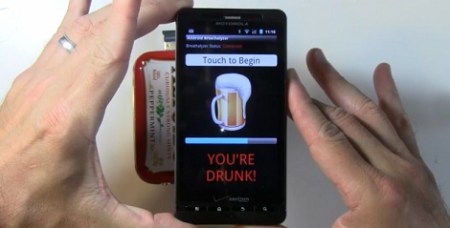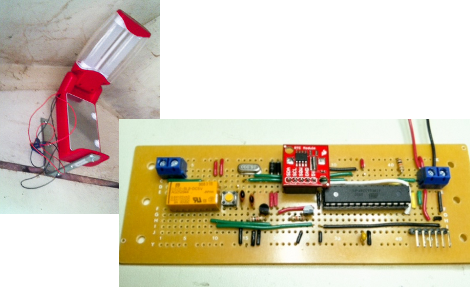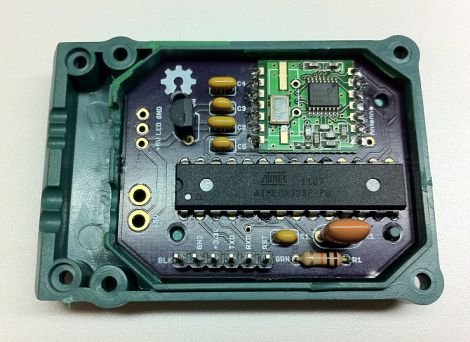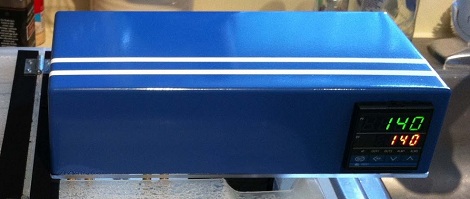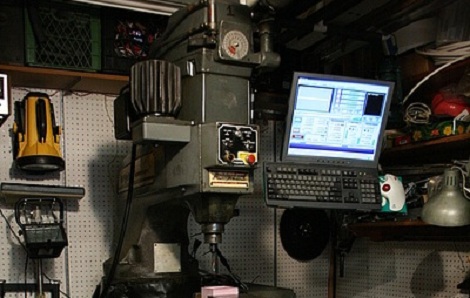

[Dino’s] latest weekly hack plays right into our Kitchen Hacks theme. He’s sharing some obscure tips and tricks involving eggs.
It should come as no surprise that he knows a thing or two about using eggs. After all, he keeps chickens and you’ve can’t just let good eggs go to waste. Which is where his first tip comes in. Eggs will keep for weeks, but if you don’t know if they’re still good you can put them in a bowl of water before cracking them. Eggs that float are on the way out!
Need some scrambled eggs but don’t have a pan to cook them in? His next feat is to cook up a breakfast of steamed eggs using the steamer nozzle on his espresso machine. It’s messy (egg seems to be flying everywhere) but the final product does look appetizing.
The rest of the video (embedded after the break) shows his methods of making Hollandaise sauce for Eggs Benedict, and how to blow the innards out of an egg-shell.
Now we have a picture in our minds that [Dino’s] daily routine is surrounded by eggs… like the egg farmers in Napoleon Dynamite.

